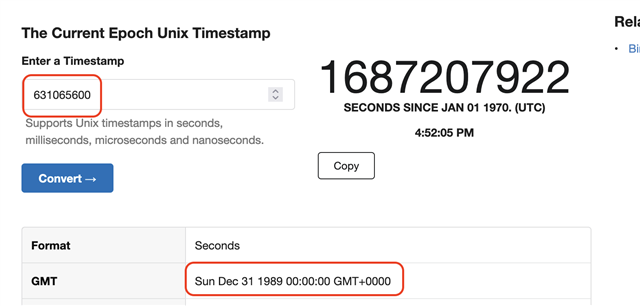
Hi everyone,
I am making an app that saves accelerometer data at 25Hz for a period of 4 seconds, but I don't understand why the time stamp (the highlighted number) for each set of accelerometer data is the same.
Is the number displayed in UTC not representing the time stamp for when each data cycle was saved? If yes, how do I correct my issue to get the correct time? if not, where can I find the time stamp for when each cycle of data was saved?



